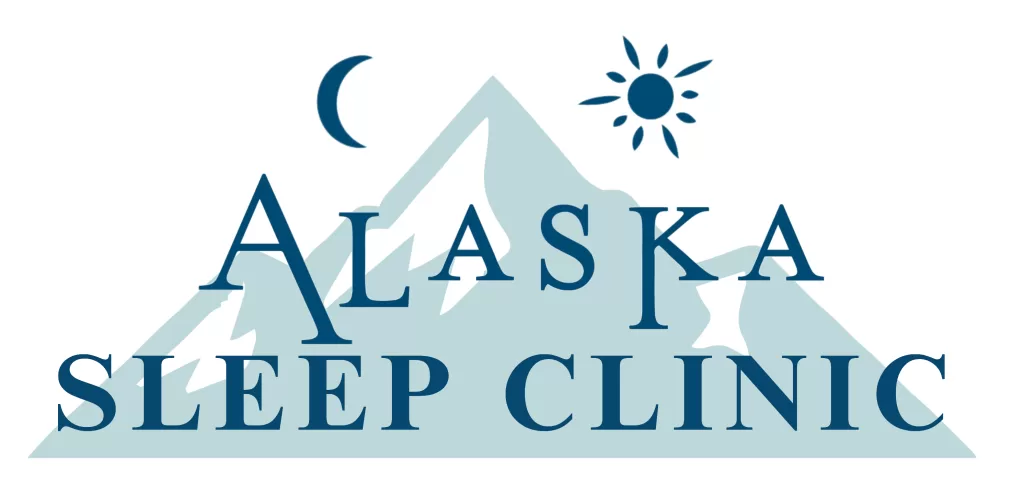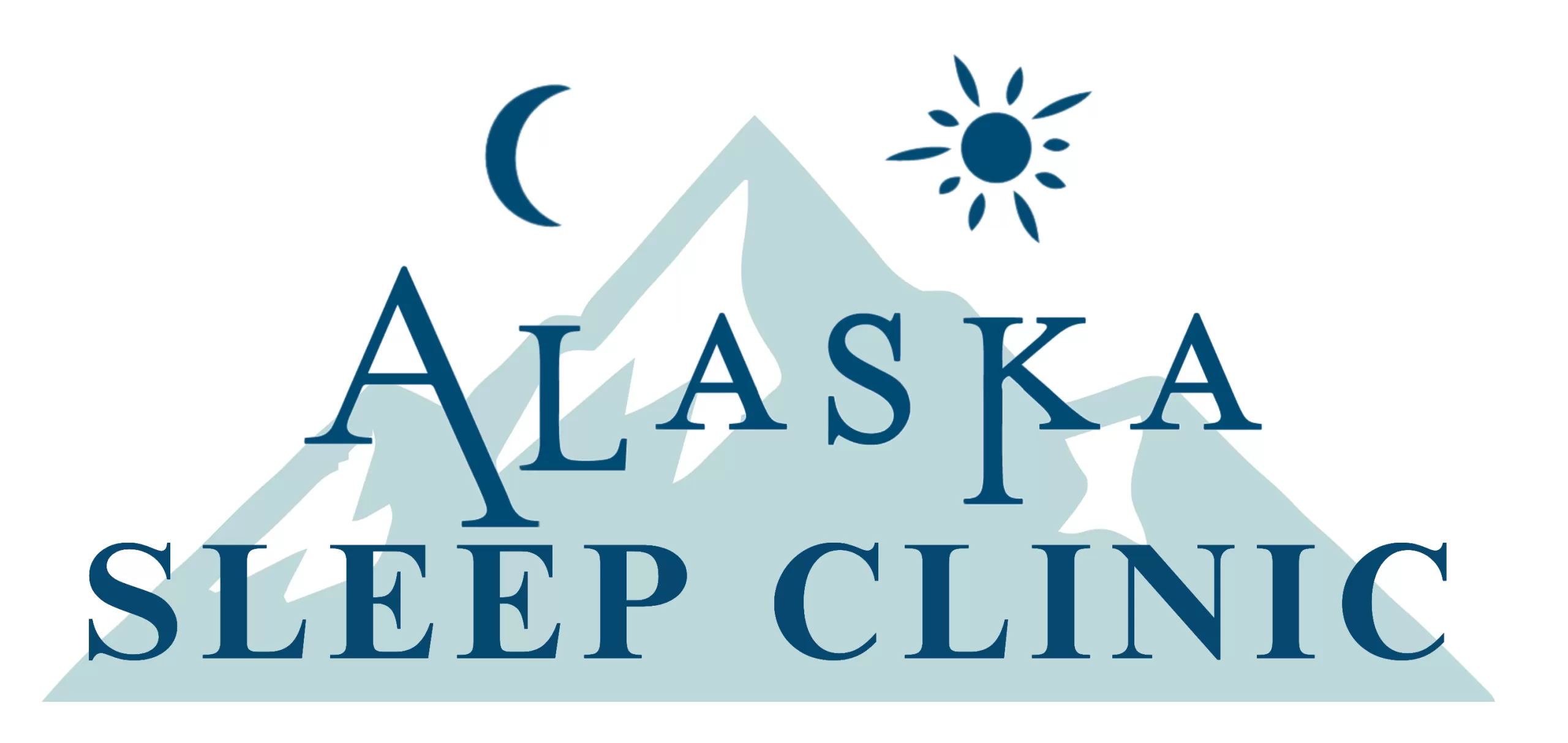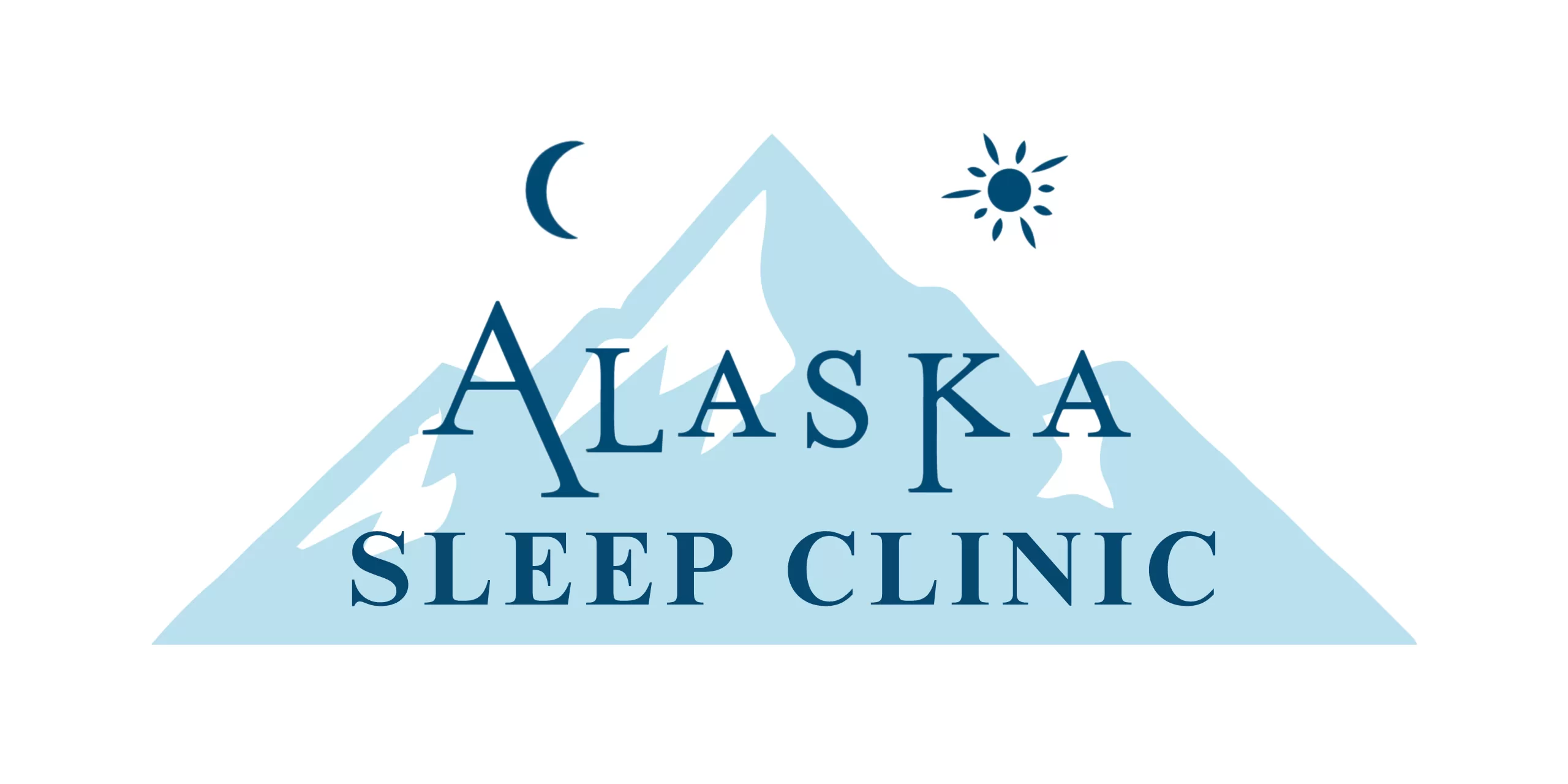
Your social life and work life can also suffer which can lead to depression or increased depression signs. Without quality sleep, the body cannot repair and becomes a state of sleep deprivation that stacks nightly. This leads to a rapid decline in behavioral responses including moodiness and irritability.
Sleep Quality
With insomnia affecting 50-70 million Americans, even more, are undiagnosed and stemming from anxiety-ridden emotional stress. The quality of sleep is in jeopardy even if you are technically receiving a 7-hour sleep cycle.
What is the difference between the hours and quality of sleep? Quality is defined as the excellence of something or a distinctive attribute. Without a complete, quality-filled seven or eight hours, the sleep is, unfortunately, all for nothing.
The 4-7-8 breathing technique
Stemming from pranayama, an ancient breath technique from yogic practices in India, the 4-7-8 breathing technique is picking up steam in medical circles to help ease anxiety and stress before bedtime. Popularized by Andrew Weil, M.D., the 4-7-8- breathing technique involves controlling your breath in different styles and lengths.
To try the 4-7-8 breathing technique, follow these easy instructions from Dr. Weil or visit his website to watch videos.
Exhale completely through your mouth, making a whoosh sound.
Close your mouth and inhale quietly through your nose to a mental count of four.
Hold your breath for a count of seven.
Exhale completely through your mouth, making a whoosh sound to a count of eight. This is one breath.
Now inhale again and repeat the cycle three more times for a total of four breaths.
Journaling to reduce stress
To coincide with the 4-7-8 breathing technique, it can also be helpful to add journaling to your bedtime routine. If you are experiencing an unusually high amount of stress, journaling can be the answer to start piecing together with your doctor before taking the next step with a sleep study.
Pete Bils, vice president of Sleep Science and Research at Sleep Number, notes that when we are anxious, cortisol is released into the bloodstream like a shot of caffeine at bedtime. Journaling can be an extra step towards an anxiety-free night. The lows also can help journal and think about all the negatives and positives that could occur.
What to track for your doctor could be helpful as well:
Wake up and bedtime
The last time and meal you last ate
The season and room temperature
How tired you were at work
The last drink you took (water, caffeine)
Any medications you took
Time of day and amount of exercise during the day
If you are in a pattern of sleepless nights that are negatively affecting your health, your family, or your career, connect with the Alaska Sleep Clinic for a free consultation Our sleep medicine specialists offer the help needed to get back on track with a quality, healthy night’s sleep.











